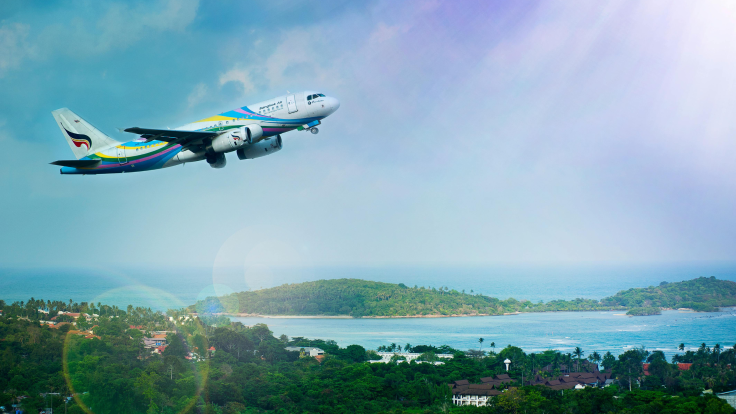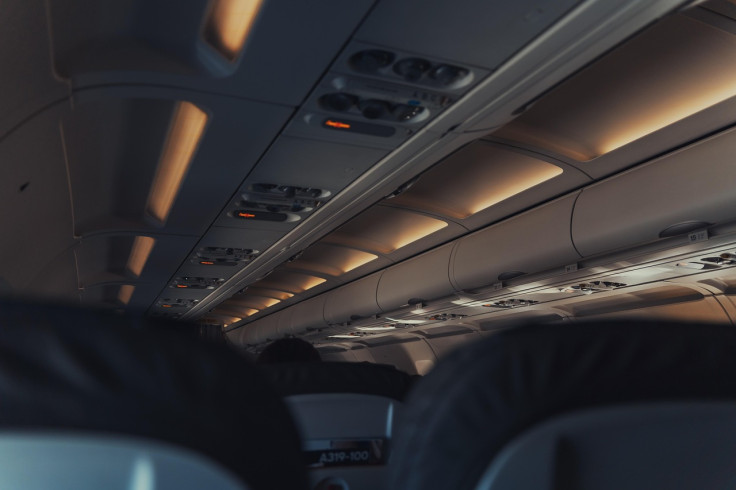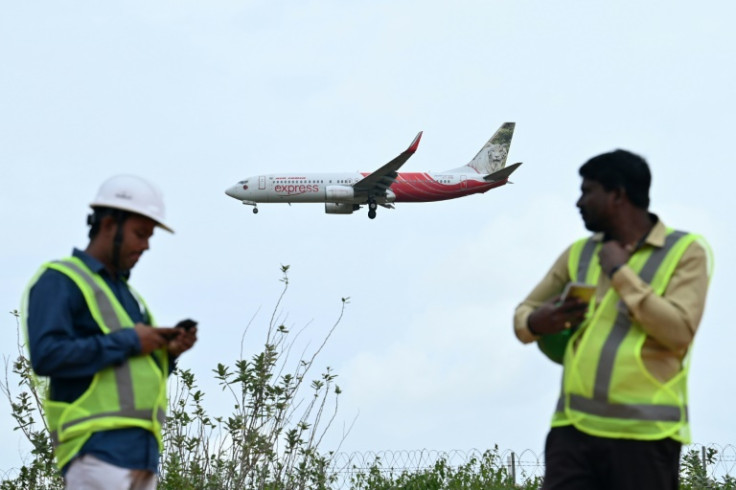
On June 30, what was meant to be an uneventful journey from Shanghai to Tokyo became a harrowing experience for 191 people aboard Japan Airlines Flight JL8696, operated by Spring Japan. The passengers of the Boeing 737-800 went to hell and came back as their aircraft suddenly plunged more than 26,000 feet in under ten minutes.
Some described the moment as deeply traumatic. 'My legs are still shaking. I really thought I was going to die,' one passenger told the South China Morning Post. Oxygen masks dropped from the ceiling. Some passengers drafted goodbye messages. Others braced for impact.
Fortunately, the flight landed safely, and no one was reportedly hurt. But the incident, which is now under official investigation, has left troubling questions in its wake: What went wrong? Could it have been prevented? And, perhaps more worryingly for frequent flyers, could something like this happen again?
What Went Wrong?
The incident is being investigated by Japan's Ministry of Land, Infrastructure, Transport and Tourism (MLIT). Early reports suggest a possible pressurisation failure or loss of cabin pressure, with flight tracking data indicating the plane descended rapidly from a cruising altitude of around 36,000 feet to just over 10,000 feet, which is the minimum safe altitude for breathable air, in under 10 minutes.
A muffled 'boom' was reportedly heard mid-flight, according to multiple passenger accounts, raising the possibility of a structural fault or mechanical failure. MLIT officials are reviewing the aircraft's pressurisation systems, flight data recorders, and cockpit voice recordings to determine the root cause.
#Ongoing Yesterday a Spring Airlines B-737 made an emergency descent over Japan after having pressurization problems at FL36, as seen on this video. Jet diverted safely to Kansai, no one was hurt. Source @fl360aero pic.twitter.com/18MdSfBpsl
— Air Safety #OTD by Francisco Cunha (@OnDisasters) July 1, 2025
Spring Japan, a budget carrier affiliated with Japan Airlines, issued an apology, cancelled the return flight and the next day's service, and offered refunds and rebookings. Passengers were also compensated with the equivalent of around $90.
Understanding Cabin Decompression
According to aviation experts, aircraft cabins are pressurised to simulate conditions at around 6,000 to 8,000 feet above sea level, even when cruising at 35,000 feet. If the pressurisation system fails or there's a structural breach, such as a faulty door seal or damaged fuselage, cabin pressure can drop suddenly, a situation known as rapid decompression.
In such an event, oxygen masks deploy automatically and pilots descend quickly to around 10,000 feet, where oxygen levels are sufficient to breathe without assistance. This procedure, while dramatic, is critical to preventing hypoxia, which is a dangerous condition where oxygen deprivation affects brain function, consciousness, and can be fatal in minutes at high altitudes.

The swift descent on Flight JL8696 appears to have been a textbook emergency response, carried out effectively by the flight crew.
Could It Happen Again? Is Air Travel Even Safe?
The short answer for both? Yes. However, loss of cabin pressure remains a rare occurrence in modern aviation.
Cabin decompression, like what occurred aboard Japan Airlines Flight JL8696, isn't a new phenomenon. Just days earlier, Ethiopian Airlines Flight ET640 experienced a similar issue mid-flight and was forced to make an emergency landing in Mumbai.
Despite the alarm such incidents cause, aviation safety experts stress that the industry remains exceptionally robust. 'Air travel remains the safest mode of transportation,' Anthony Brickhouse, a US-based aviation safety expert, told CNN. 'Statistically speaking, you're safer in your flight than you were driving in your car to the airport.'
That said, experts are not dismissive of the risks. Guy Gratton, aviation professor at Cranfield University and a licensed commercial pilot, noted, 'We must avoid the 'normalisation of deviance' — allowing unsafe practices to become accepted simply because they've not yet caused an accident.'

While the exact cause of the plunge of Flight JL8696 or what led to the decompression is still under investigation, the incident serves as a reminder of the need for relentless oversight in aviation. Thanks to quick action by the crew and aircraft systems designed to protect life at altitude, the passengers walked away unharmed.
On the other hand, friends and families of over 260 people who lost their lives in the Air India crash or 188 people who died alone in 60 US aviation incidents continue to seek answers. In aviation, safety isn't a fixed achievement; it's a constant pursuit.







